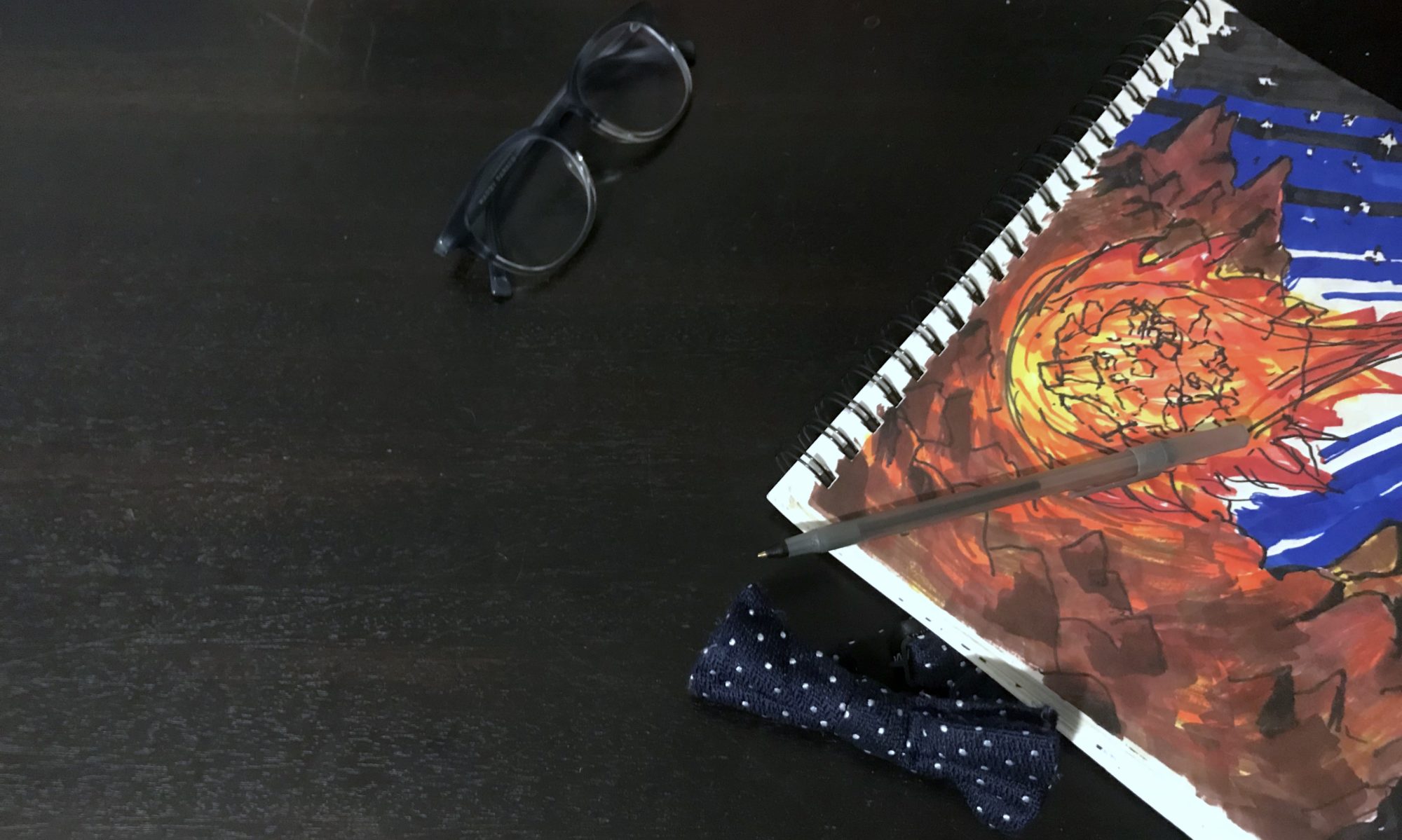I’ll write a regular blog post some time soon, but hey, these expanded instagram stories are basically like 3 quick blog posts. Enjoy!
Butterfly diversity

Moths and butterflies together form a group of animals known as Lepidoptera. There are apparently nearly 180,000 known species of them. I stumbled across this somewhat mind-boggling fact while reading butterfly research paper. In the paper, researchers used a genetic engineering technique to break a butterfly gene. This particular gene affects butterfly wing patterns. By breaking it, researchers changed butterfly wing patterns. Indeed, breaking the gene in different butterfly species resulted in different patterns. Thus, this single gene had different roles in different species. This is cool because it shows how adaptable genes are. It also reminds us that animal development in complicated!
Animal cloning for livestock breeding

Animal cloning is the process by which scientists take genetic material from one animal and use it to create new animals. As a result, the new animals are, more or less, copies of the original. You might remember when scientists cloned Dolly the sheep back in 1996. This probably seemed like a simple curiosity back then. Yet, farmers regularly use cloning techniques now. With cloning, they can speed up the process of breeding new livestock with desirable genetic traits like increased muscle mass or milk production. Once they have one animal with the right mix of traits, they can clone this animal. The clones can then breed with many other animals. Thus, the clones quickly spread their beneficial traits throughout the herd.
Viruses infect plants

Plants, just like animals, get sick. Indeed, they can be infected with viruses. Such viruses can can kill crops and are huge problems for farmers. Scientists hope to use genetic engineering techniques to make crops resistant to viruses. Indeed, they used such techniques to save Hawaii’s rainbow Papaya back in the 90s. Modern genetic engineering techniques are easier to use than those from the 90s. They will hopefully save even more crops!






